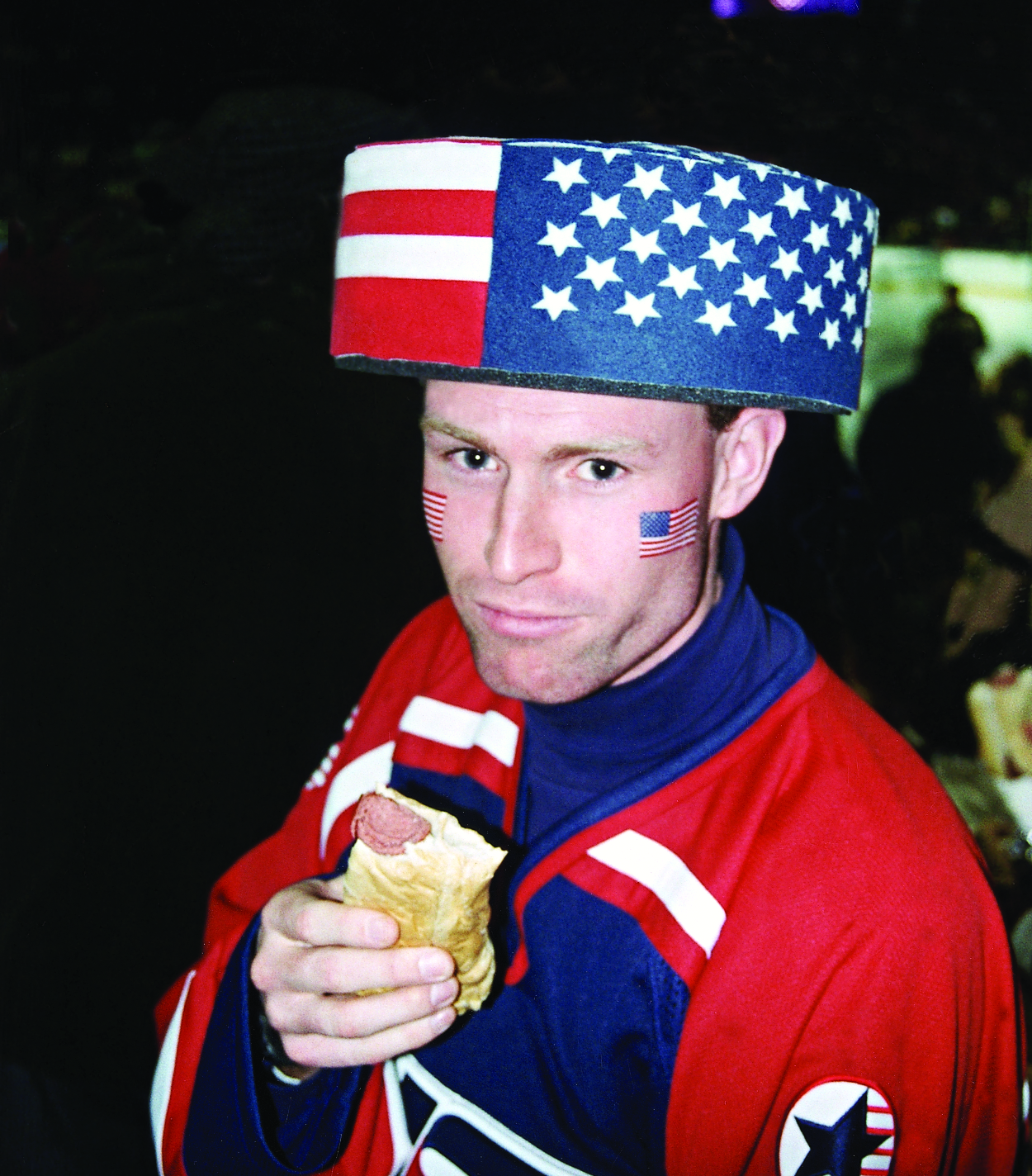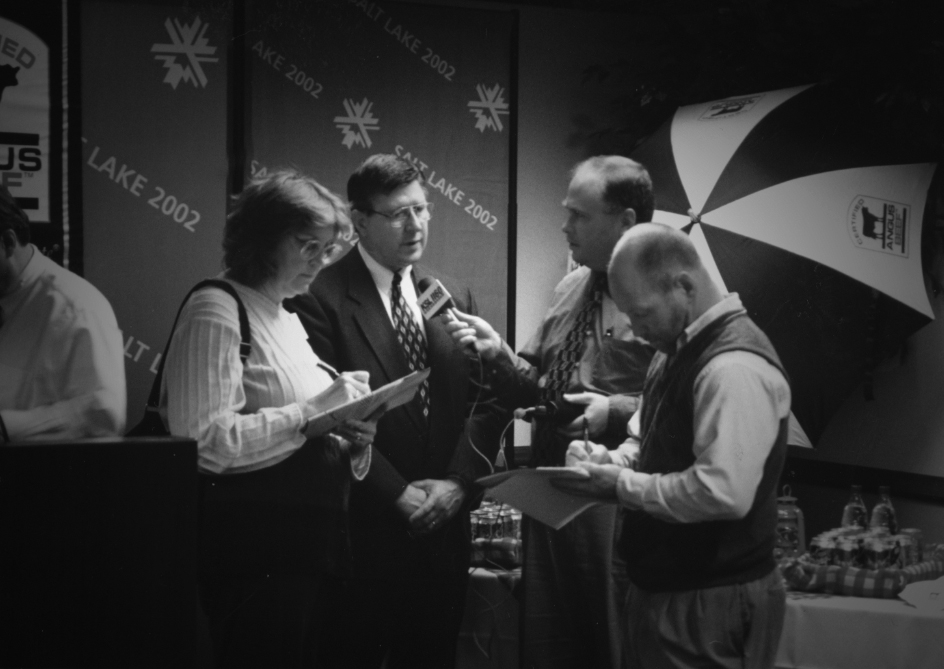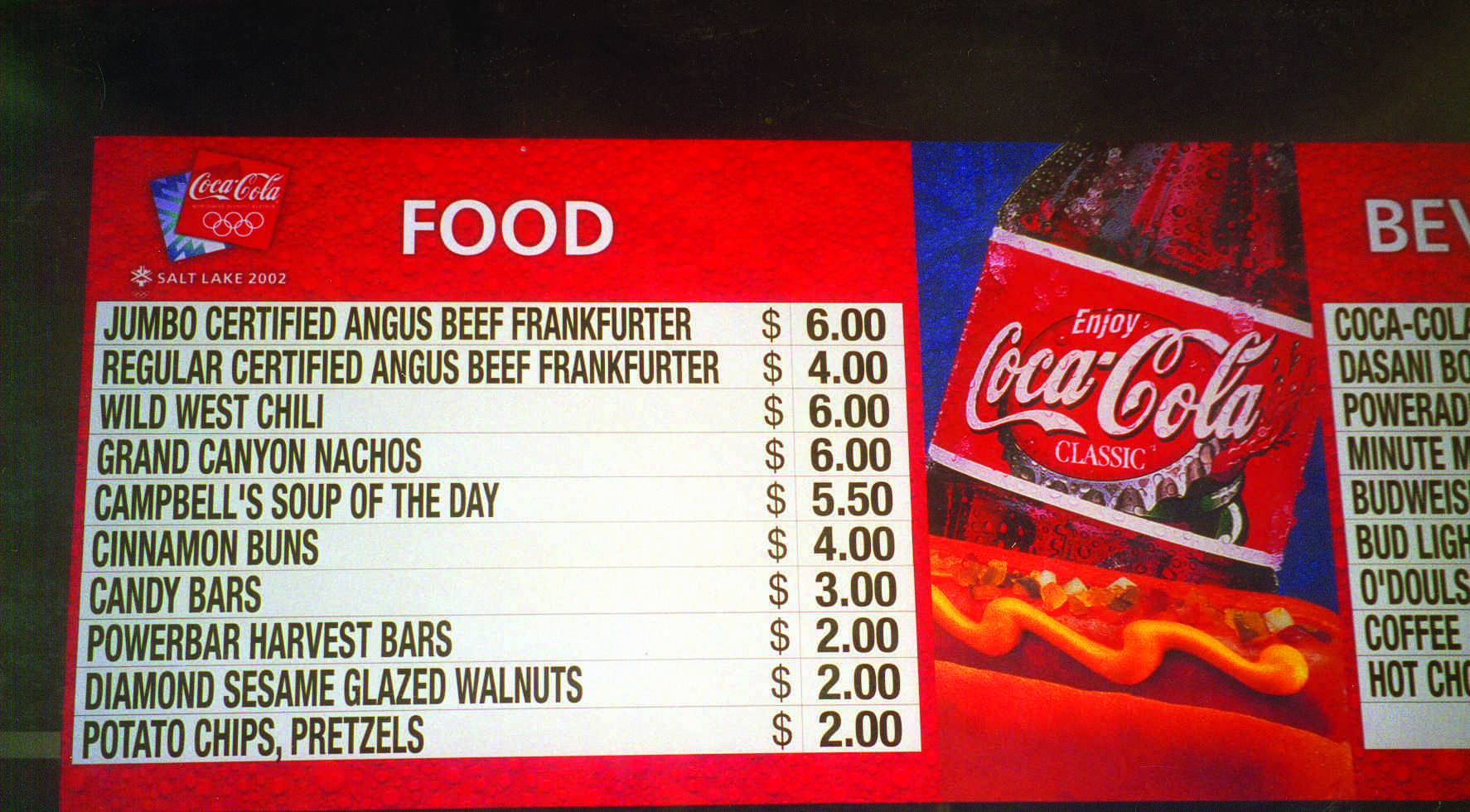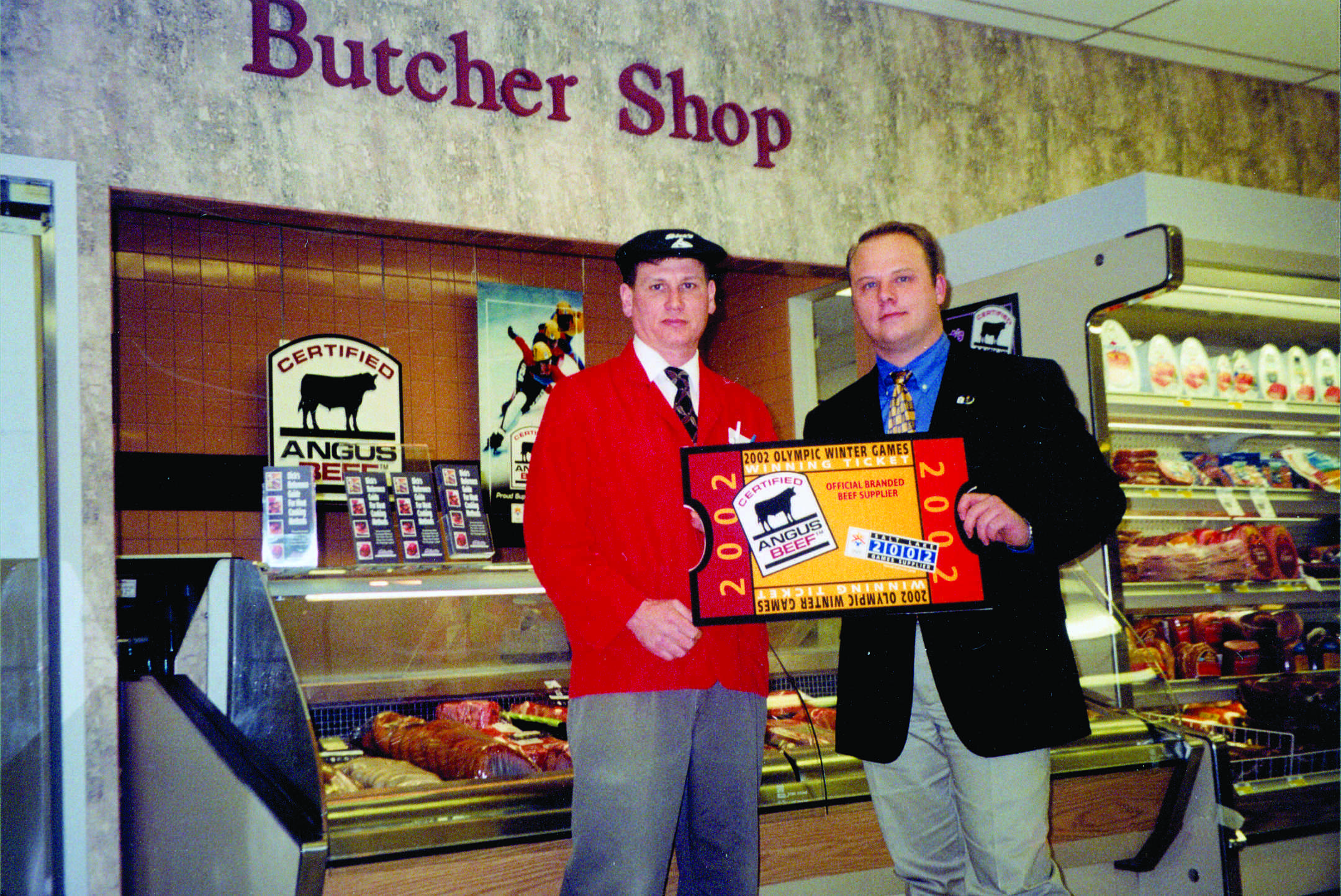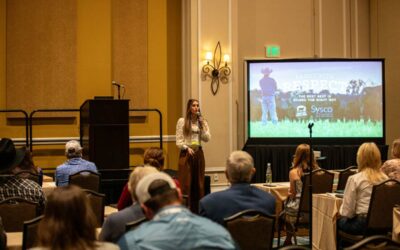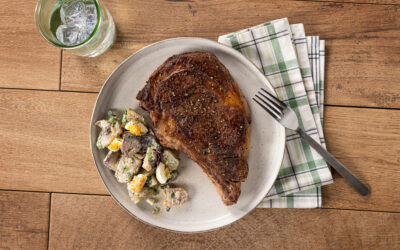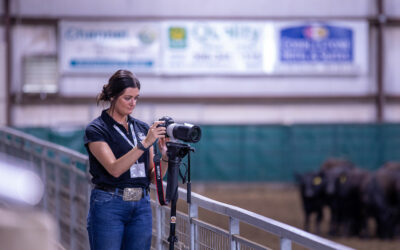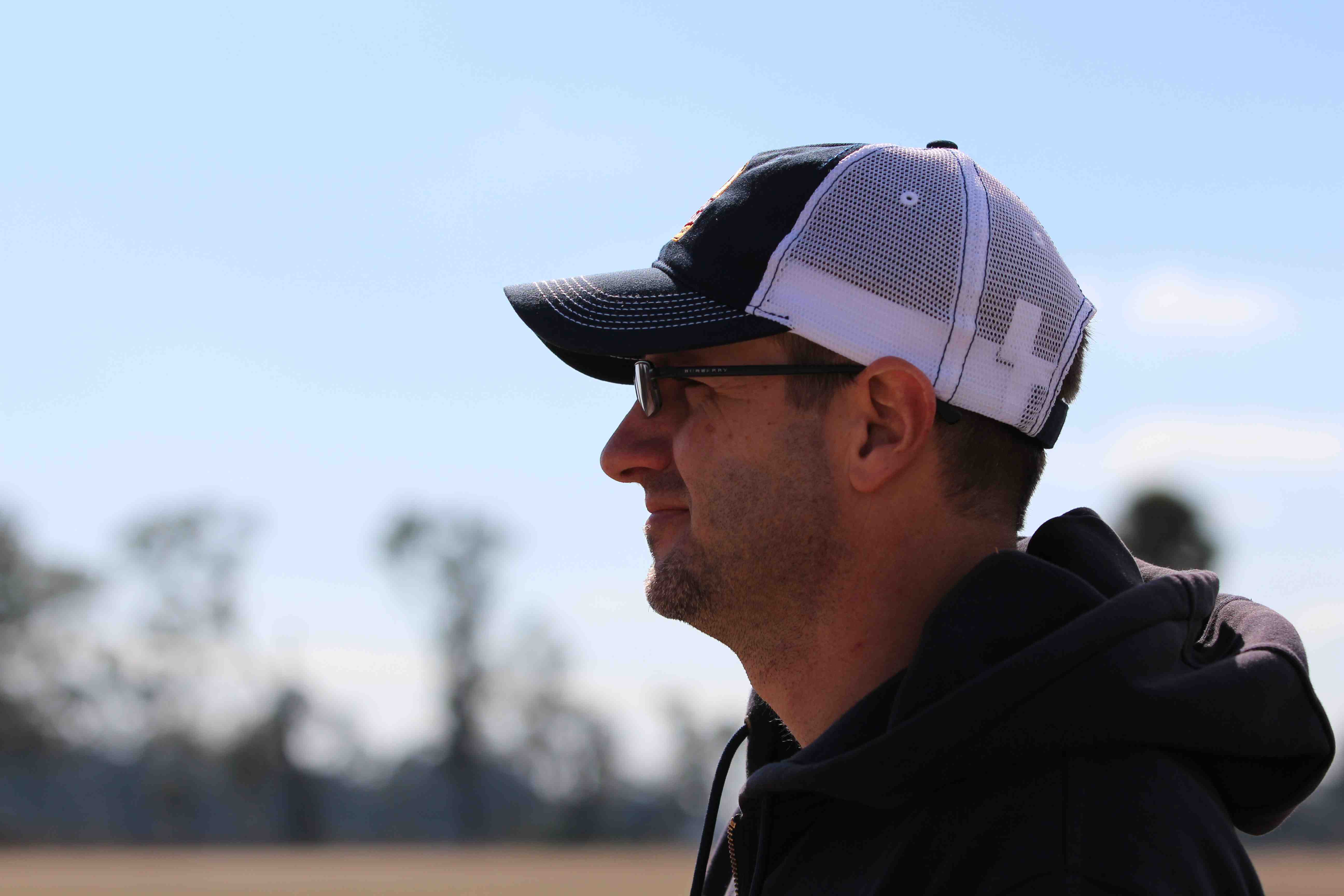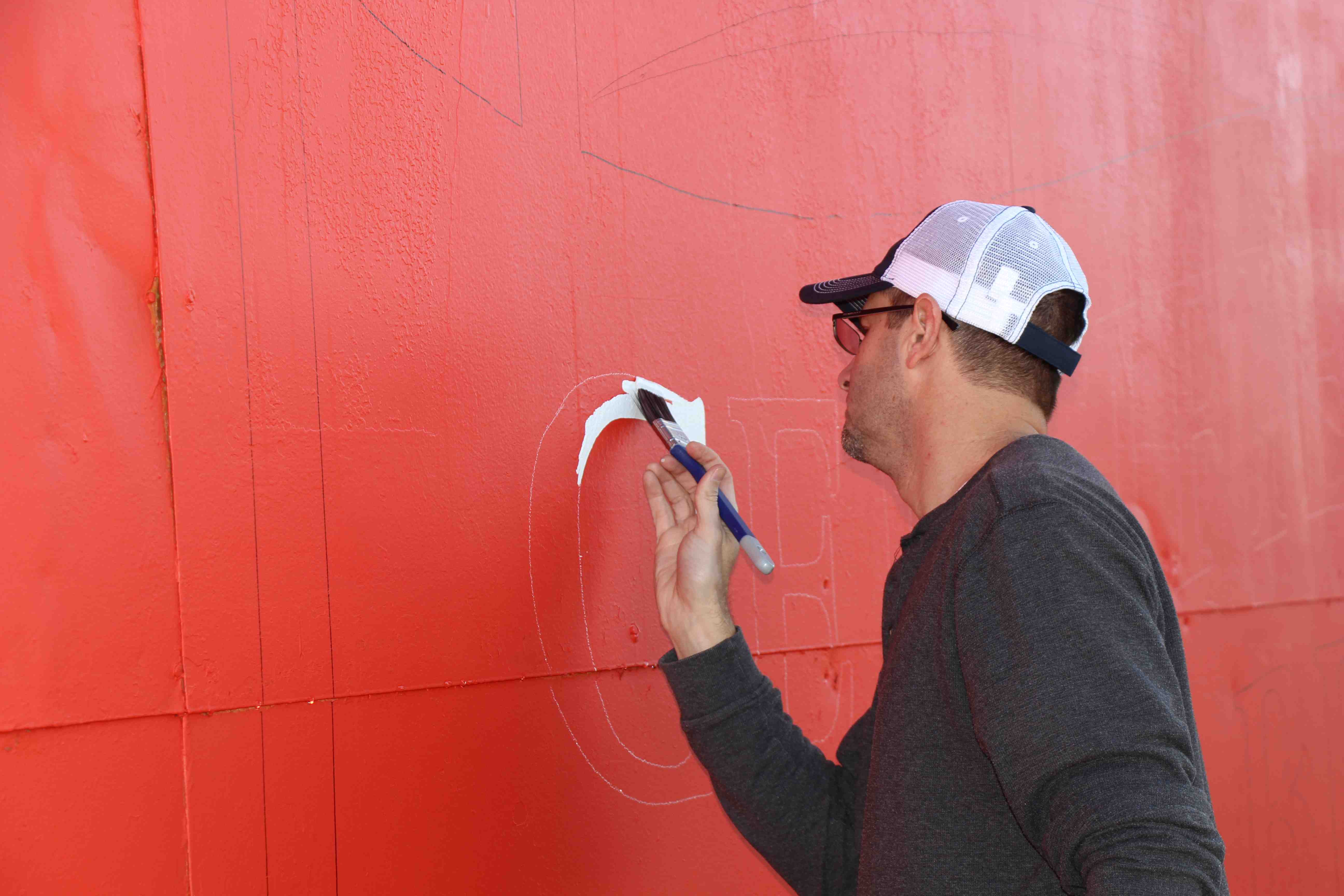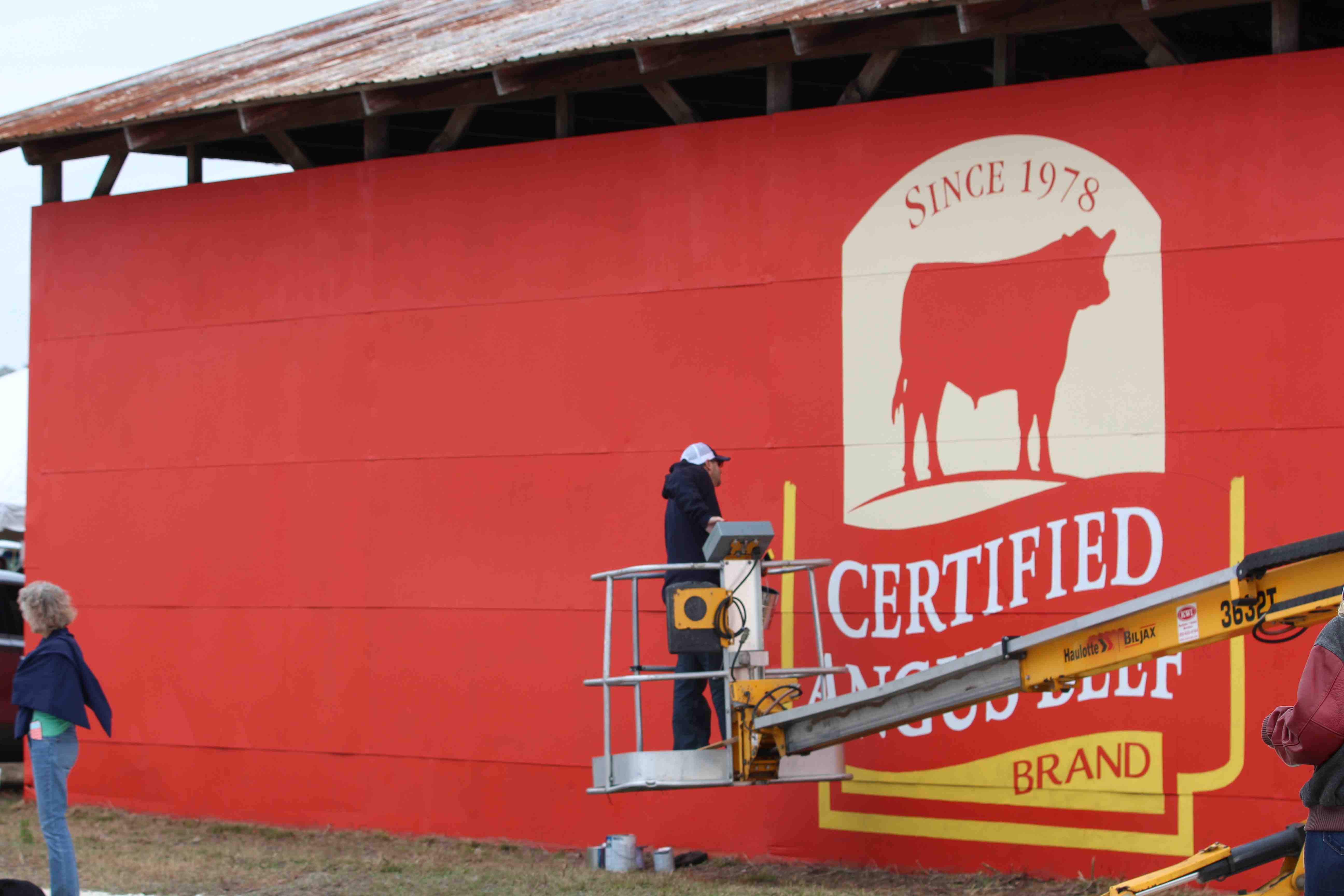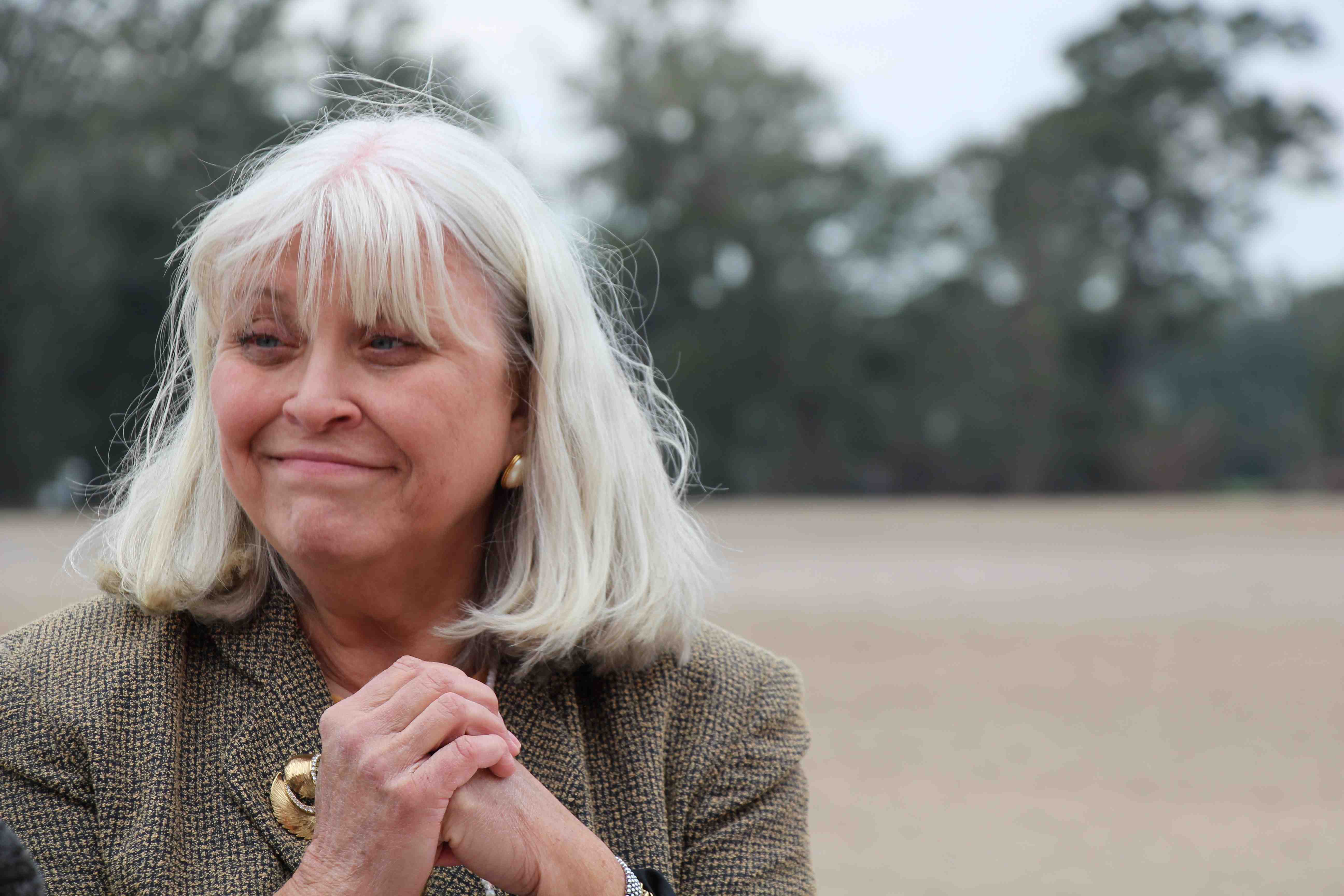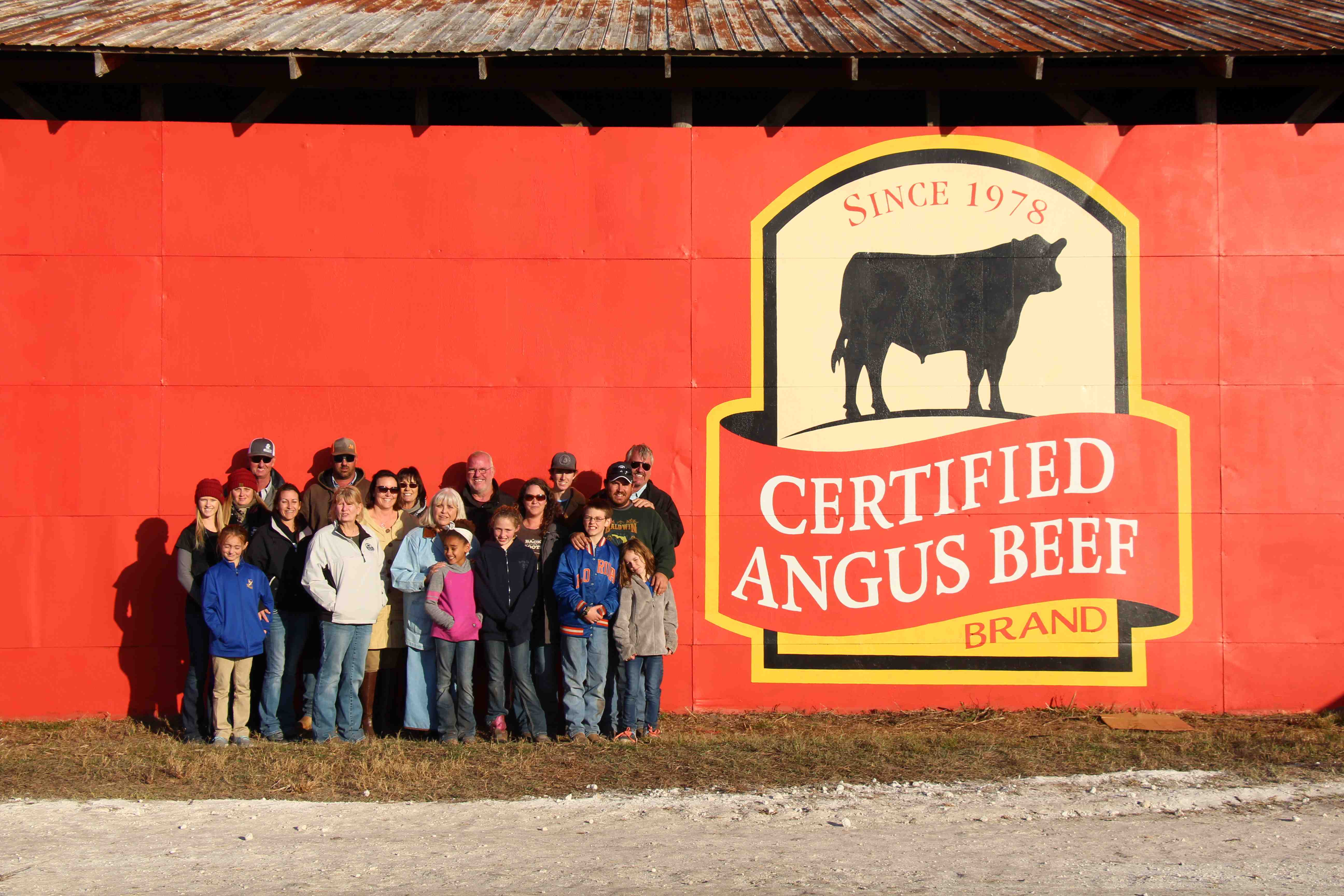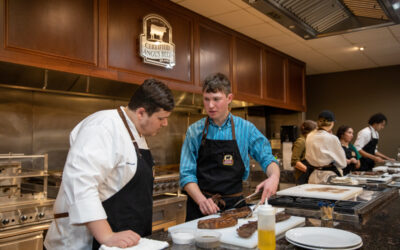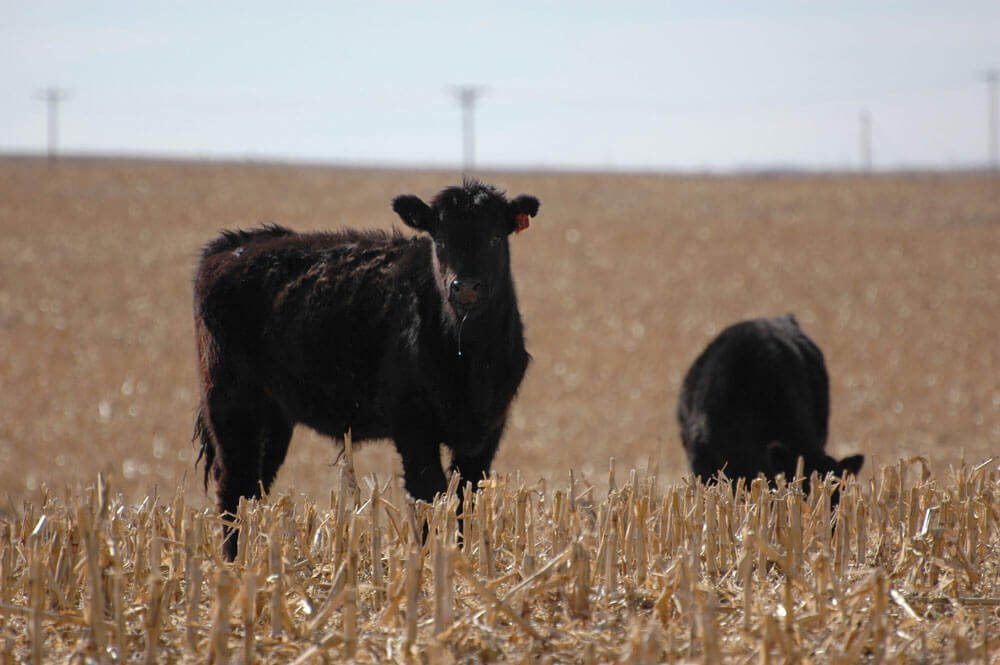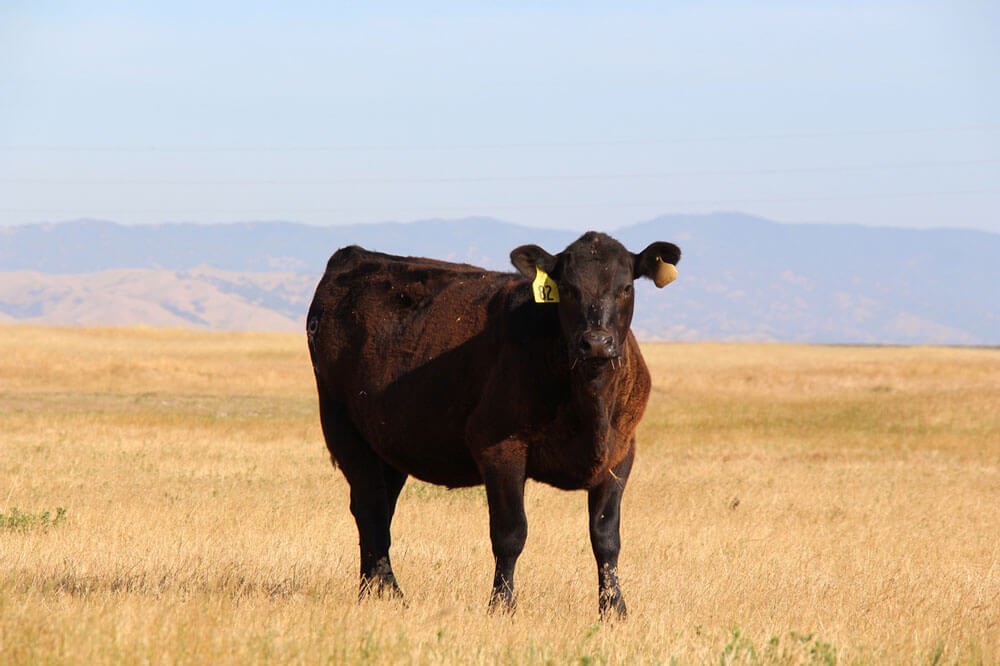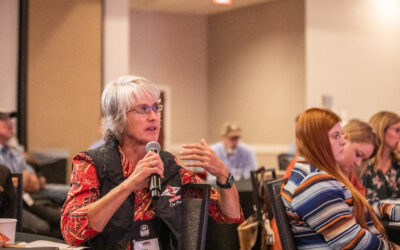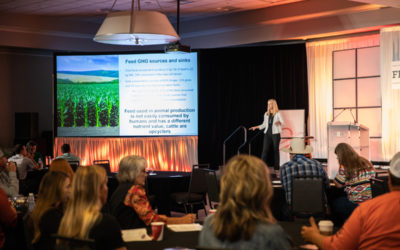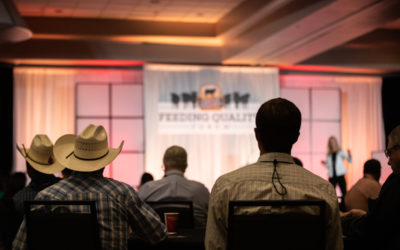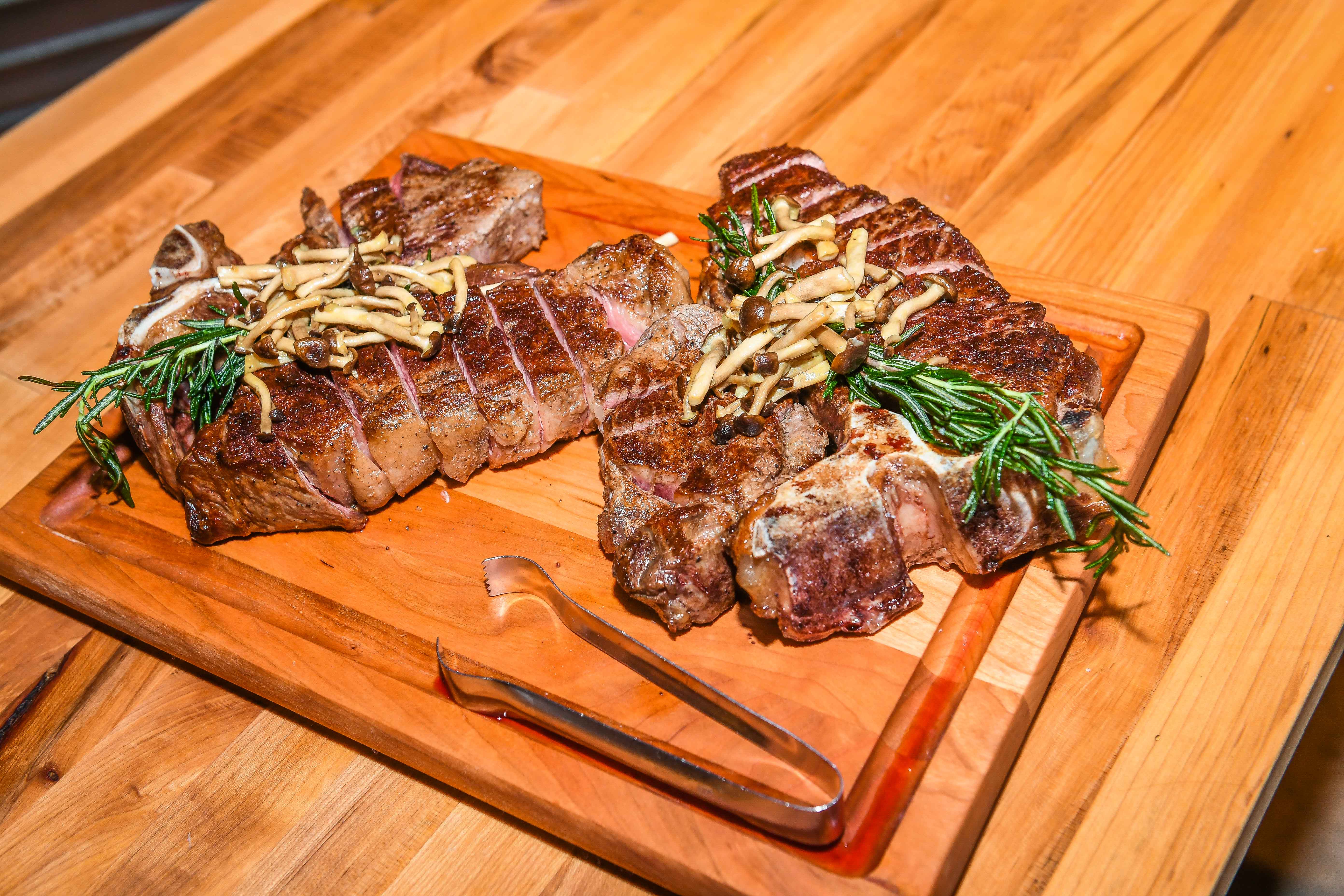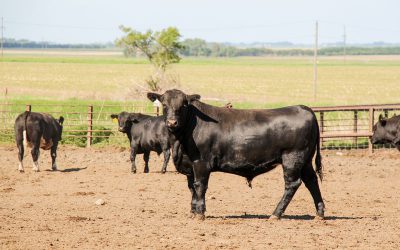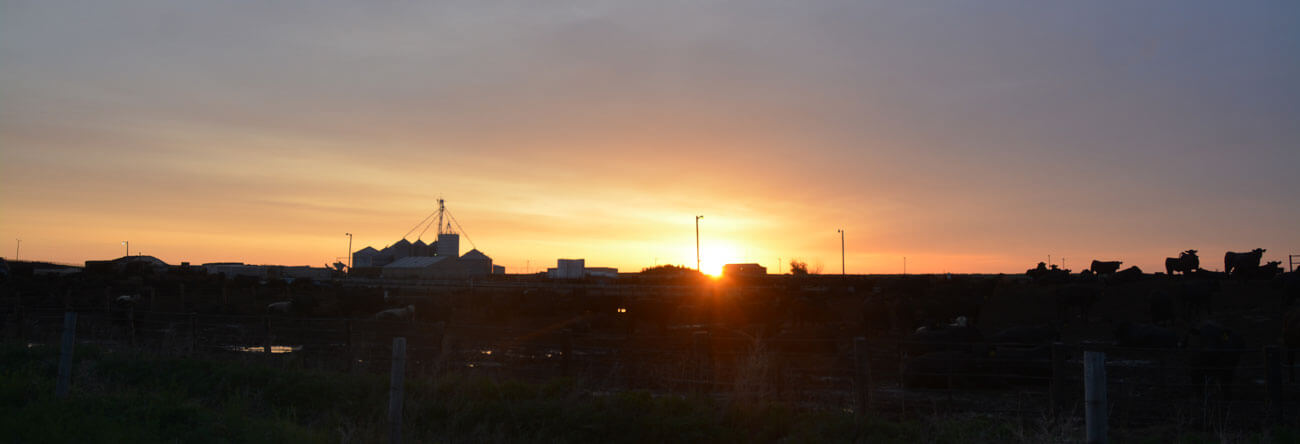An Olympic throwback
Surprises – who doesn’t love ’em?
I’m thinking flowers, an upward swing in the market, a calf crop from a new bull that turned out even better than anticipated – these are the things that put a little pep in your step.
I’ve been watching the Olympics as of late (because who hasn’t?) and it got me thinking: I bet those expected to win hate surprises. I bet those managing these games hate surprises.
There are the out-of-nowhere upsets, persons or teams that started near the bottom and snag the gold. They’re loving it, but not the favored ones displaced. These guys and gals come well prepared, if only they can execute as flawlessly as we flawed humans are capable of doing.
Gets me pumped just thinking about it.
So in the spirit of the XXIII Olympic Winter Games and the fact that we’ve been a bit reminiscent celebrating the brand’s 40th anniversary year, let me tell you about a little surprise that involves CAB and the world’s foremost sports competition.
The year – 2002. The Olympics – the XIX Olympic Winter Games in Salt Lake City, Utah.
The surprise – a shortage of frankfurters.
Our own Deanna Walenciak was closest to the 2002 games. A marketing team member at the time, who now heads our education efforts, she led the Olympic charge and remembers how the CAB item became the surprise story.
“You do all of this marketing and try to plan stories around the games,” Deanna says. “We also put a lot of work into having the correct amount of product. We really wanted to get that right.”
In this particular case, not “sticking the landing” turned out to be an even sweeter victory, one CNN and various news outlets felt compelled to share.
It wasn’t that they actually ran out, Deanna says, but had Usinger’s sausage company, out of Milwaukee, Wis., not stepped up to the plate and increased production, the story could have been different.
There was no one to blame, Deeana says. Simply a surprise – one of the good kinds.
“All of the models assumed how many we would sell but people stayed at the events even longer and were ordering frankfurters at 9:30 in the morning, all morning long,” she says. “The food at the concession stands was just that phenomenal.”
A bit of a history buff when it comes to the brand and an Olympic fan to boot, I thought that was a pretty fun fact.
As the games come to an end, here’s wishing all Olympic athletes the best. Even more, here’s to good surprises.
Thanks for allowing me to tell your story,
Laura
You may also like
Raised with Respect™ Cattle Care Campaign Launched This Fall
Raised with Respect™ was developed as part of a strategic cattle care partnership between Sysco and CAB. The collaboration focuses on supporting farmers and ranchers, equipping them with continuing education to stay current on best management practices and helping to increase consumer confidence in beef production.
Certified Angus Beef Celebrates 45th Year with Strong Sales
It has been 45 years since Certified Angus Beef’s first customer purchased a strip steak at Renzetti’s IGA grocery store. Since then, consumer demand for high-quality beef has grown, ultimately driving demand for premium Angus genetics.
High-Quality Beef and Experiences Promised with Summer Internship
Internships help students take skills learned in the classroom and apply it before graduation or entering the workforce. Last summer’s interns described their experiences with CAB as engaging, fun, empowering valuable and challenging. Read more about these internship opportunities!


